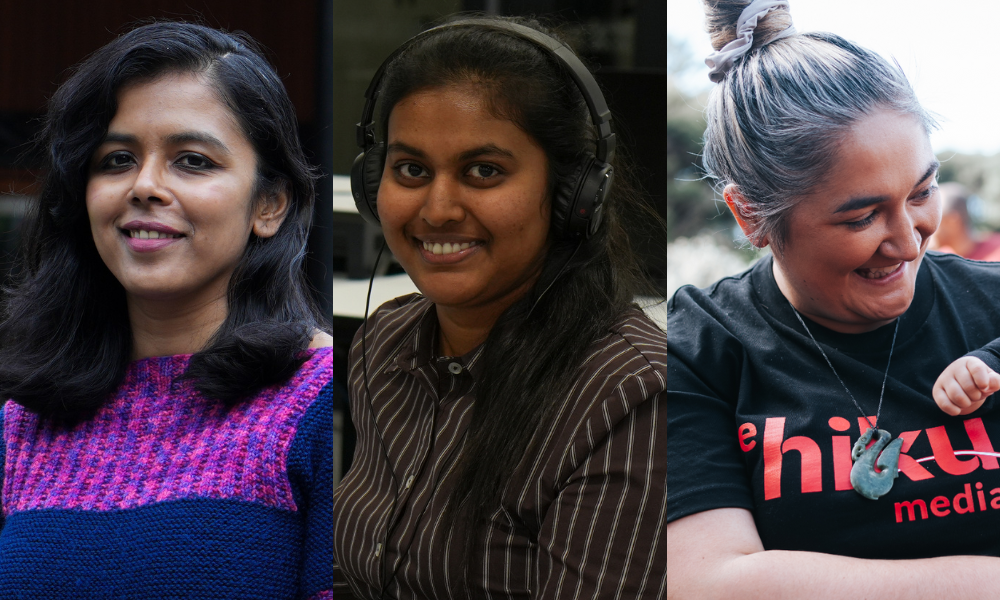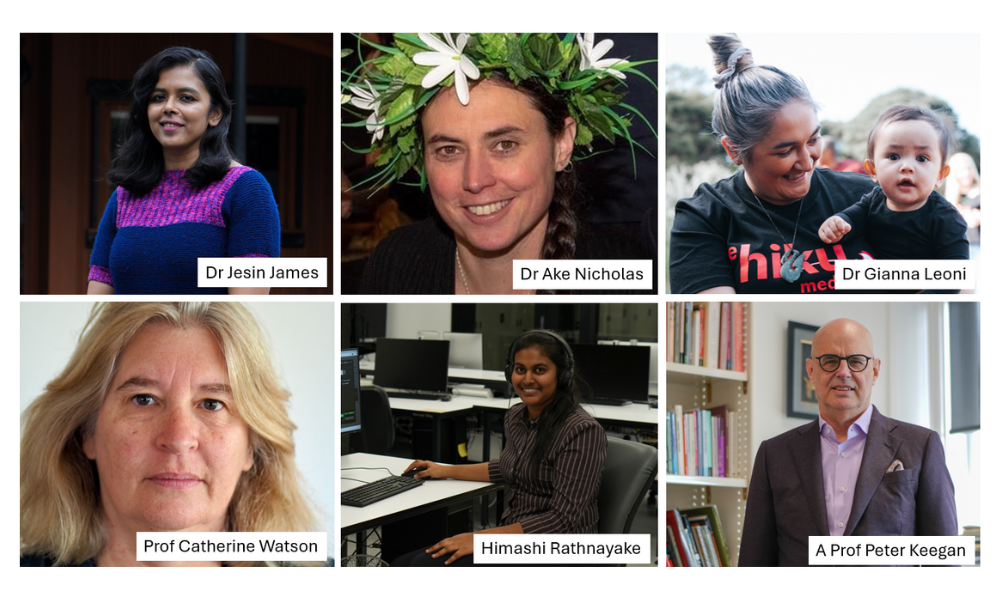
A new project aims to hear all voices

Voice recognition technology powered by artificial intelligence (AI) is being used for everything from real-time transcription to assessing customer sentiment in call centres.
But these systems are largely developed and optimised for English, which means not all voices are equally recognised, particularly Māori.
A joint project between the University of Auckland and broadcaster Te Hiku Media - described as the first of its kind - aims to change that, developing Māori voice recognition and emotion detection software that reflects not only the language, but the cultural worldview behind it.
“English is the language of the internet… which transfers to English being the language of technology as well.” That means voices speaking in te reo Māori often aren’t recognised at all, according to Dr Gianna Leoni (pictured above, right), senior advisor at Te Hiku Media, told HRD.
“It’s often forgotten that we have this other language… 200 years ago, 100 years ago, there were deliberate attempts to eradicate it, and so we’re having to be really deliberate in our intent to reclaim that,” she added.
For HR leaders, the message is clear: inclusion isn’t just about who’s in the room — it’s about whose voices your systems can hear.
When companies focus on diversity, equity and inclusion (DEI) initiatives, questions can arise with action not equating to promises – with technology advancements further perpetrating this.
“What we’ve found with a lot of AI technology… is that it doesn’t accommodate for the Māori language, for Māori culture. When there is technology that says it works for our language, it’s usually really poor quality, and it doesn’t come from a Māori point of view,” Leoni outlined.
From this project, HR leaders can take away:
Without that cultural lens, employees and customers may feel unseen — a direct threat to workplace engagement and inclusion.
With AI becoming even more commonplace within organisations’ tech stacks, the imperative to ensure inclusivity is key now.
Whilst it may seem like a quick fix, Dr Jesin James (pictured above, left), senior lecturer at the University of Auckland, warned otherwise.
“It’s not easy and it’s not quick… All these things are data-driven systems… but we don’t have that amount of annotated data, which is the starting point.”
“When automatic transcription systems get accents wrong… it’s perceived that the person’s English is not good. Whatever biases we had are now getting reinforced with technology as well,” she added.
The team behind the project (pictured below) has already invested two years in building foundational datasets before moving to the technology stage — a reminder that genuine inclusion requires long-term commitment.
 Whilst in a lot of instances tech industries are racing for speed – Leoni emphasised that a different approach is needed.
Whilst in a lot of instances tech industries are racing for speed – Leoni emphasised that a different approach is needed.
“A lot of attempts from companies to implement technology focus on the ‘let’s do it first’ model. The focus, I think, should be looking at doing it right instead - using high-quality data to make something actually usable for our people.”
It’s a philosophy HR leaders can apply to diversity initiatives across the board: quality over speed, engagement over tokenism.
The project was sparked by recognition that Western emotion models — focused on six “basic” emotions — don’t capture Māori emotional nuance.
“We know that nuances of Māori emotions are lost when referenced in English.” Himashi Rathnayake (pictured above, centre), PhD student at University of Auckland, outlined to HRD.
“If the emotions we start with don’t represent the emotions of the people who are going to use the technology, then what’s the point?”
Te Hiku Media’s experience in Māori speech technology, combined with years of trust-building with the University, made it possible to take on such a resource-intensive project.
Leoni concluded that “All the work we do goes back to making sure it works for our community… that understanding is really clear, and we don’t even have to talk about it anymore.”
In the end, the project isn’t just about building software — it’s about ensuring that every voice can be heard, in business and beyond.